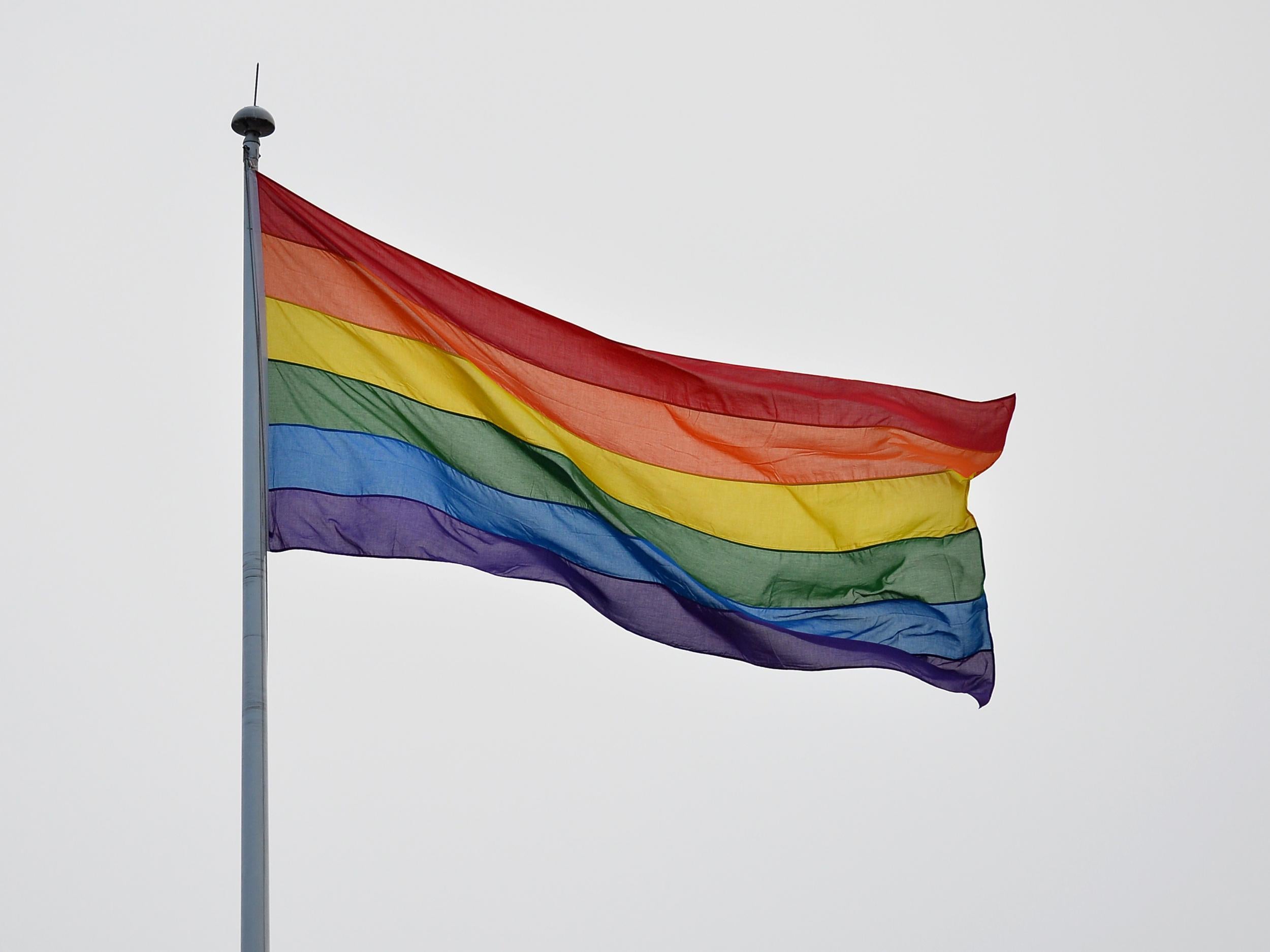Young people are more likely to identify as bisexual than gay, says ONS
In three years the number of British people defining themselves as bisexual has risen by 45 per cent

Your support helps us to tell the story
From reproductive rights to climate change to Big Tech, The Independent is on the ground when the story is developing. Whether it's investigating the financials of Elon Musk's pro-Trump PAC or producing our latest documentary, 'The A Word', which shines a light on the American women fighting for reproductive rights, we know how important it is to parse out the facts from the messaging.
At such a critical moment in US history, we need reporters on the ground. Your donation allows us to keep sending journalists to speak to both sides of the story.
The Independent is trusted by Americans across the entire political spectrum. And unlike many other quality news outlets, we choose not to lock Americans out of our reporting and analysis with paywalls. We believe quality journalism should be available to everyone, paid for by those who can afford it.
Your support makes all the difference.More young people are identifying themselves as bisexual compared to gay or lesbian for the first time, figures have shown.
Among 16 to 24-year-olds, 1.8 per cent said they were bisexual, while 1.5 per cent said they were gay or lesbian, sexual identity data from the Office of National Statistics (ONS) found.
It is the first time there have been more bisexuals than homosexuals in any age group and the data provides further indications that with each generation, people appear to see their sexuality as more fluid and less set in stone.
In three years the number of British people defining themselves as bisexual has risen by 45 per cent, with the 2015 ONS Annual Population Survey (APS) estimating that 334,000 people in the UK openly identify as bisexual, compared to 230,000 in 2012.
A rise in the number of LGB figures in the public eyes has been partly credited for the rise, with people such as Miley Cyrus, Kristen Stewart and Cara Delevingne being open about being attracted to both men and women.
The figures reveal a considerable divide between younger and older generations concerning sexual identity. While 3.3 per cent of 16 to 24-year-olds said they were LGB, for the over 65s the figure was 0.6 per cent.
The figures refer only to sexual identity and do not cover gender identity or necessarily reflect sexual attraction or behaviour.
Last year, a survey released by YouGov found half of young British people defined themselves as not 100 per cent heterosexual.
When asked to plot themselves on a scale of sexuality, ranging from exclusively heterosexual to exclusively gay, 72 per cent of adults and 49 per cent of people aged 18 to 24 chose a position other than completely straight.
Overall, more males (2 per cent) identified as LGB than females (1.5 per cent) in the recent ONS survey.
Some 0.4 per cent of the total identified as "other" while a larger group of 4.1 per cent either refused or did not know how to identify themselves.
More than two-thirds of the LGB population were "single, never married or civil partnered," the ONS said. This is potentially due to the young age of LGB people compared with the population as a whole and the fact that same-sex legal unions are relatively recent.
Overall however, the percentage of LGB people in the UK is relatively small with 1.7 per cent of the population identifying as lesbian, gay or bisexual according to the data.
A Stonewall spokesperson said: ‘'It’s great to see that more are comfortable coming out or identifying as lesbian, gay or bi than ever before. The spike in individuals identifying as bi could be due to more exposure of bi role models in the media, and opening up discussions around issues such as bi-erasure and biphobia. We would hope that individuals who had previously felt pressured to conceal their bi identity now feel safer and more empowered to be open about how they identify.
"It’s a shame the data doesn’t account for those who identify outside of the binaries of lesbian, gay and bi, however. We know that many LGBT people prefer not to label their sexual orientation in such a way, and so their input in this research is lost.
"Regardless of the fact that people feel more comfortable identifying as LGB, there’s still so much work left to do until all LGBT people are able to live openly and freely. And until that time comes, Stonewall continues to work towards a world where all LGBT, everywhere, are accepted without exception."
Pamela Cobb, a population statistician at the ONS said: “In 2015, the majority (93.7 per cent) of the UK population identified themselves as heterosexual or straight, with 1.7 per cent identifying as LGB, the remainder either identifying as “other”, “don’t know” or refusing to respond.
“Young adults (16 to 24 year olds) are more likely to identify as LGB compared with older age groups, and a higher proportion of males identify as LGB than females.”
Join our commenting forum
Join thought-provoking conversations, follow other Independent readers and see their replies
Comments